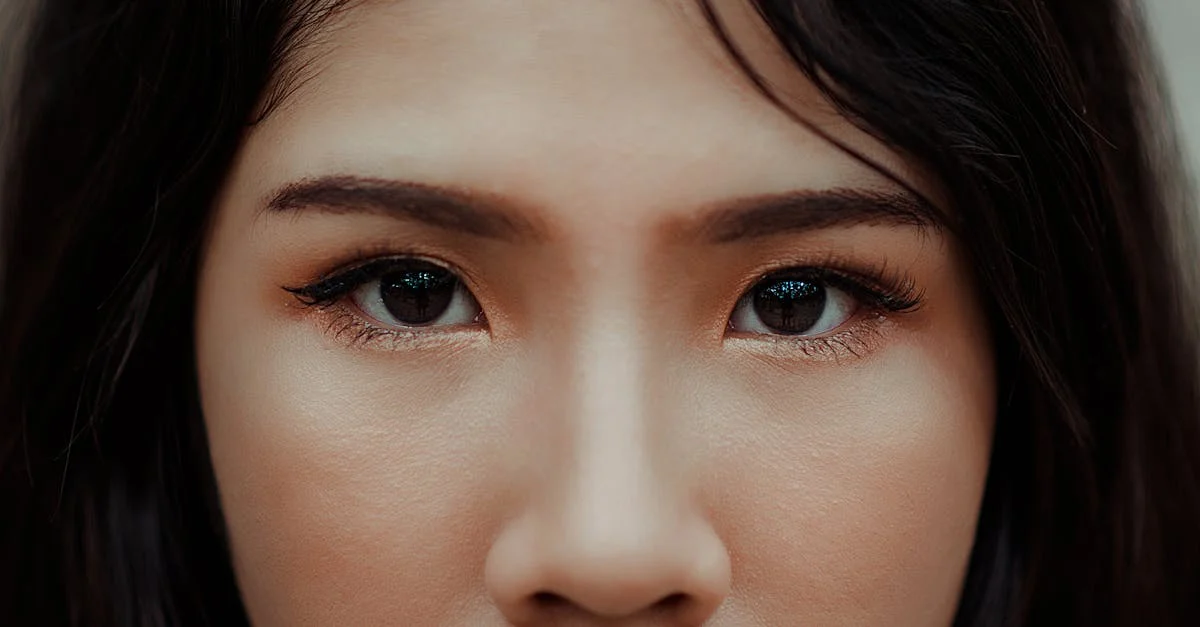Published on:
6 min read
Rhinoplasty Revealed: What You Need to Know Before Your Nose Job
Considering rhinoplasty? Before you go under the knife, take a moment to educate yourself on the ins and outs of this popular cosmetic procedure. From the types of surgeries to aftercare, understanding rhinoplasty can help you make informed decisions.

Understanding Rhinoplasty: The Basics
Rhinoplasty, commonly referred to as a 'nose job,' is a surgical procedure aimed at altering the shape and function of the nose. This surgery can be performed for cosmetic reasons, such as improving appearance, or for medical reasons, such as correcting breathing difficulties caused by structural abnormalities. Typically, the procedure involves reshaping the bone and cartilage of the nose. Before considering rhinoplasty, it's crucial to consult with a qualified plastic surgeon who specializes in this type of surgery. This initial consultation will provide an overview of the process, costs, and recovery time involved. Furthermore, understanding the potential risks and complications associated with rhinoplasty can help manage your expectations and ensure that you are making a well-informed decision.
Preparing for Your Rhinoplasty
Preparation is key to a successful rhinoplasty experience. After choosing a reputable surgeon, your next step should involve disclosing your complete medical history, including any medications you currently take. Your surgeon may also conduct a physical examination of your nose to identify what aesthetic changes are feasible. It's essential to stop smoking and avoid certain medications, like blood thinners, for at least two weeks prior to the surgery to minimize the risk of complications. Additionally, mentally preparing yourself for the outcome and understanding the healing timeline can help set realistic expectations. Consider arranging for post-procedure care, as you may need assistance during your recovery period.
Post-Operative Care and Recovery
Post-operative care is critical to ensure a smooth recovery after your rhinoplasty. Following the surgery, you will experience some swelling, bruising, and discomfort, which can be managed with prescribed medications. It's vital to follow your surgeon’s aftercare instructions closely, including avoiding strenuous activities, and keeping your head elevated to reduce swelling. Most patients can return to light activities within a week, but complete healing can take several months, so patience is key. Attending follow-up appointments is essential for monitoring your healing process and addressing any concerns that may arise. Remember, the final results may take time to fully manifest, so remaining positive and patient is crucial.
Conclusion: Making an Informed Decision
Rhinoplasty is a significant decision that requires careful consideration and preparation. By understanding what the procedure entails and the commitment involved in post-operative care, you can enter your surgery with confidence. It's important to choose an experienced surgeon and to maintain realistic expectations throughout the process. Ultimately, the choice to undergo rhinoplasty should enhance your self-image and self-confidence, aligning with your personal goals.
Published on .
Share now!










